The content of the article
How nice to see a man with strong, beautiful and snow-white teeth. Having seen a radiant smile, we often think with envy that a person has a good heredity and such teeth are a gift of nature. However, few people think about the fact that beautiful, well-groomed and white teeth are the result of regular care, cleaning, bleaching, and timely visits to the doctor. If you also want to have healthy teeth, the first thing you need to do is take a closer look at the choice of toothpaste. After all, we use this hygiene twice a day. The quality of the toothpaste depends on the health and appearance of the teeth. Today we will talk about what functions the toothpaste should perform, understand the varieties of this product, and also get acquainted with the practical recommendations of dentists for choosing toothpaste for adults and children.
What can high-quality toothpaste
Toothpaste is an integral part of modern life. But what functions should it perform?
- The first is cleansing. Even a simple paste should scrape the remnants of food from the surface of the teeth and interdental space. Higher quality pastes can scrape yellow patches of teeth.
- Good paste not only cleans, but also strengthens tooth enamel, restoring its damaged areas. Tooth enamel, mainly consists of fluoride and calcium, so these substances should certainly be part of a good toothpaste for adults.
- Toothpaste should freshen breath. This is achieved through two components - an antiseptic, which kills all pathogens and refreshing on the basis of peppermint components. Good toothpaste can eliminate bad breath.
- Some toothpastes have a narrower direction of action. Some are designed to fight tooth decay, others soothe sore gums, etc.
These are the basic conditions that correspond to the functionality of a good toothpaste. Let's talk in more detail about the varieties of this product.
Types of toothpastes
In general, all toothpastes are divided into two large groups - hygienic and medical. The first ones are aimed at cleaning the surface of the teeth, they can be used daily, as a rule, they are absolutely harmless. However, these pastes are recommended for completely healthy teeth. Dentists admit that there are practically no such people, therefore such hygienic products are deprived of demand. Medical pastes have a narrower focus, each of them performs its own specific functions. You can choose the right product yourself or after consulting with a dentist.
- Anticarious. This is a kind of pastes that are represented on the market by a large segment. Such pastes may contain calcium or fluorine. They are aimed at the active restoration of protective tooth enamel, due to the destruction of which caries begins. However, dentists warn - fluoride-containing toothpastes can only be brushed as a preventive measure in order to protect the enamel from caries. If caries is already there, such a product will be able to hide the destruction of the tooth, which is fraught with even greater development of the carious cavity.
- Anti-inflammatory. This group of toothpastes contains in its composition extracts of various plants - sage, mint, green tea, chamomile, St. John's wort, coniferous plants. This product should be used in patients with painful, inflamed and bleeding gums. Such pastes, as a rule, do not have a mint component, as it is irritating.
- Whitening Such pastes should be used with extreme caution. As a rule, whitening is achieved through the use of abrasive particles that scratch and damage tooth enamel. Such compositions remove the top layer of enamel, exposing its snow-white structure. However, the effect does not last long - the teeth become more sensitive to the pigment of coffee, tea. Teeth become vulnerable, sore from cold and hot, may become gray. In order not to spoil the teeth, whitening pastes should be used strictly according to the rules - no more than once a week, while using a soft brush, etc.
- Pastes for sensitive teeth. If the tooth enamel is partially destroyed, dentinal tubules are exposed on the surface of the teeth. Due to this, the person feels a sharp pain in the tooth when eating sweet, sour, salty, hot or cold.To close these tubules, toothpastes for sensitive teeth are used. They do not have abrasive particles, due to which the cleaning becomes painless and comfortable.
Among toothpastes there are also products with dietary supplements and enzymes. However, their use requires certain medical indications, they are prescribed only by a doctor. In other cases, you need to choose the paste yourself.
How to choose a toothpaste
Once again, the pasta ended, and you decided to buy something new? How to choose a paste to make it as useful as possible? Let's try to understand everything in order.
- Dentists recommend changing toothpastes, do not constantly brush your teeth with the same brand. The fact is that teeth get used to one composition and stop responding to it. A constant change of medical pastes helps to influence different groups of dental problems.
- At the end of the tube of toothpaste there is a colored strip, which also has its own information content. The black strip says that all the ingredients of the paste are chemically derived, for daily use this paste is not suitable, it is too aggressive. Such a paste is used only to treat certain problems.The blue bar indicates that the artificial ingredients in the composition of the paste are about 80%. The paste can be used for daily cleansing, but it is better to combine with other, less aggressive formulations. The red strip on the tube signals a gentle composition that can be used on a daily basis for both adults and children. There is also a green strip, which indicates a completely natural composition of the product. However, often this paste is not able to thoroughly clean the teeth, for regular use is not suitable.
- Be sure to take a look at the composition of the toothpaste. It may contain the following components. Formaldehyde is an antibacterial and antimicrobial substance that disinfects the surface of teeth from various microorganisms. A large concentration of formaldehyde in the product is unacceptable, it can lead to poisoning of internal organs. Detergents provide high-quality cleaning of the teeth and the formation of foam, without which cleaning would not be so comfortable. In order for the paste to keep its shape and not spread, add seaweed to it, which is absolutely harmless. The freshness of breath is acquired by peppermint oil.But menthol and saccharin make the paste tasty and sweet, eliminating the unpleasant soapy taste. Glycerin glycol is added to ensure that the paste in the tube does not dry. Chalk is considered an abrasive, it is necessary for high-quality cleaning of the tooth surface. Some pastes have paraffin wax, which gives the teeth a nice gloss after brushing. All of these ingredients are safe in small quantities. Slight ingestion of the paste is not dangerous, but a large ingestion of all the above substances may result in unpleasant consequences. Therefore, to eat toothpaste can not in any case.
- Each paste has a level of abrasiveness RDA. This is the size and solubility of solids in the paste. In the paste for sensitive teeth add fine abrasives, which dissolve quickly. Their index is usually not more than 50. Bleaching pastes have the effect of sandpaper, the index of their particles can exceed 200 units.
- If there are parabens in the composition, it is better to refuse such a paste, especially for allergies. An allergic reaction to metiparaben is often observed.
- To achieve the maximum effect without destroying tooth enamel, you can combine toothpastes with each other.For example, in the morning to brush your teeth with anti-carious compounds, and in the evening with anti-inflammatory.
These are simple rules that you need to read before you go to the store or pharmacy for a tube of new toothpaste. The choice becomes more responsible if it is pasta for the child.
How to choose a toothpaste for a child
It is necessary to brush the teeth of the child before the year, when the baby will have 3-4 milk teeth. First, it must be done with a piece of gauze or a silicone brush that is put on the mother's finger. Such a brush will help not only to clean the teeth, but also gently scratch the gums during teething. No toothpastes are needed. The first toothpaste should appear when your baby grows chewing teeth. Usually, brushing your teeth with toothpaste starts closer to two years. However, before this time, cleaning should also be regular, albeit without using paste.
The choice of pasta for the child should be extremely responsible. Firstly, the paste should not contain aggressive ingredients, because the kids very often swallow the paste instead of rinsing it.Secondly, children's paste should not contain fluoride (up to three years) - it is destructive for delicate milk teeth. Be sure to pay attention to the inscription on the tube - there is usually indicated the age at which you can use this product.
Brushing your teeth is the foundation on the path to their beauty, whiteness and good health. Brush your teeth twice a day. After eating, rinse your mouth with clean water or rinse. In some catering points near the sink there are small coolers with refreshing liquid. After eating, you need to rinse your mouth - this will not only save you from food debris, but also disinfect the surface of the teeth and refresh your breath. To brush your teeth in the morning and in the evening you need at least 2 minutes. Be sure to visit the dentist twice a year as a preventive measure.Careful oral hygiene, vaccinated child since childhood - is the basis of his healthy and strong teeth. Choose the right paste to get the most out of the product.
Video: what kind of toothpaste you really need


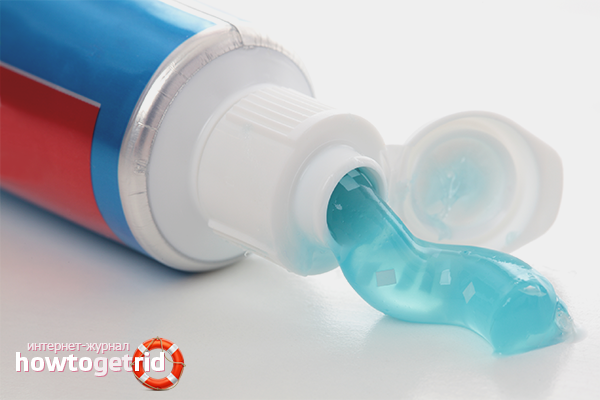
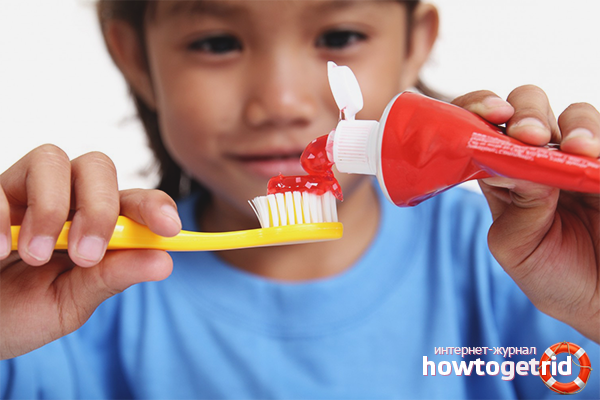

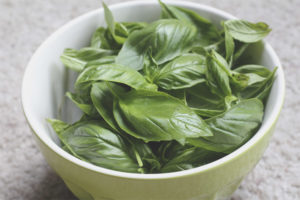

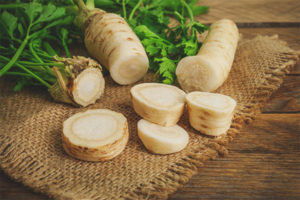
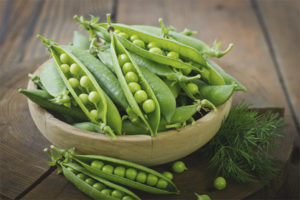
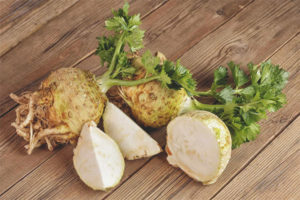
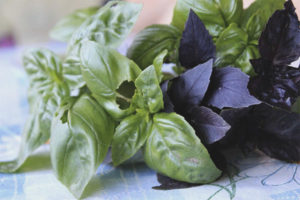
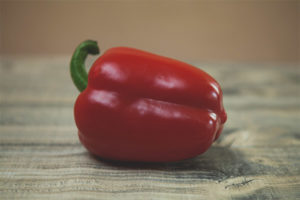
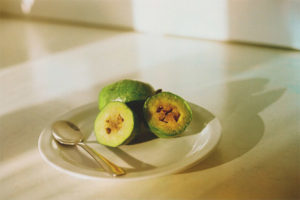
To send